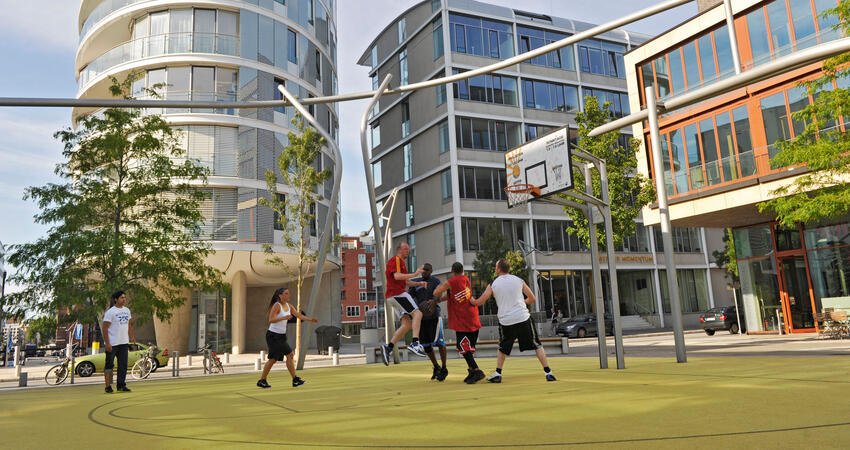
Improving Health through Architecture, Planning, and Design
- Title:
- Improving Health through Architecture, Planning, and Design
- Author:
- Source:
- Publication Date:
Building and community design affect health, and ULI's Building Healthy Places Initiative clarifies the role of the real estate community in supporting individual and community wellness. Through many case studies and examples, Intersections: Health and the Built Environment provides a road map for how architects, planners and designers can positively impact health outcomes through the thoughtful design of housing developments and other aspects of the built environment. With chronic diseases like obesity on the rise, as well as associated healthcare costs, healthy design elements add value to projects and solve pressing problems. The many successful projects outlined demonstrate that healthy building practices increase market value while having the added benefit of improving community health. The report offers numerous options for supporting health through development decisions, including:
- Building design: green roofs, inviting stairways, operable windows, views of nature, healthy building materials.
- Building amenities: bike storage, workout spaces, lockers and showers.
- Location and community: compact and mixed-use development, proximity to nature and parks, programs to encourage activity and social interaction.
- Transportation: reliable transit service, walkable streets, bike trails and lanes, street grids.


